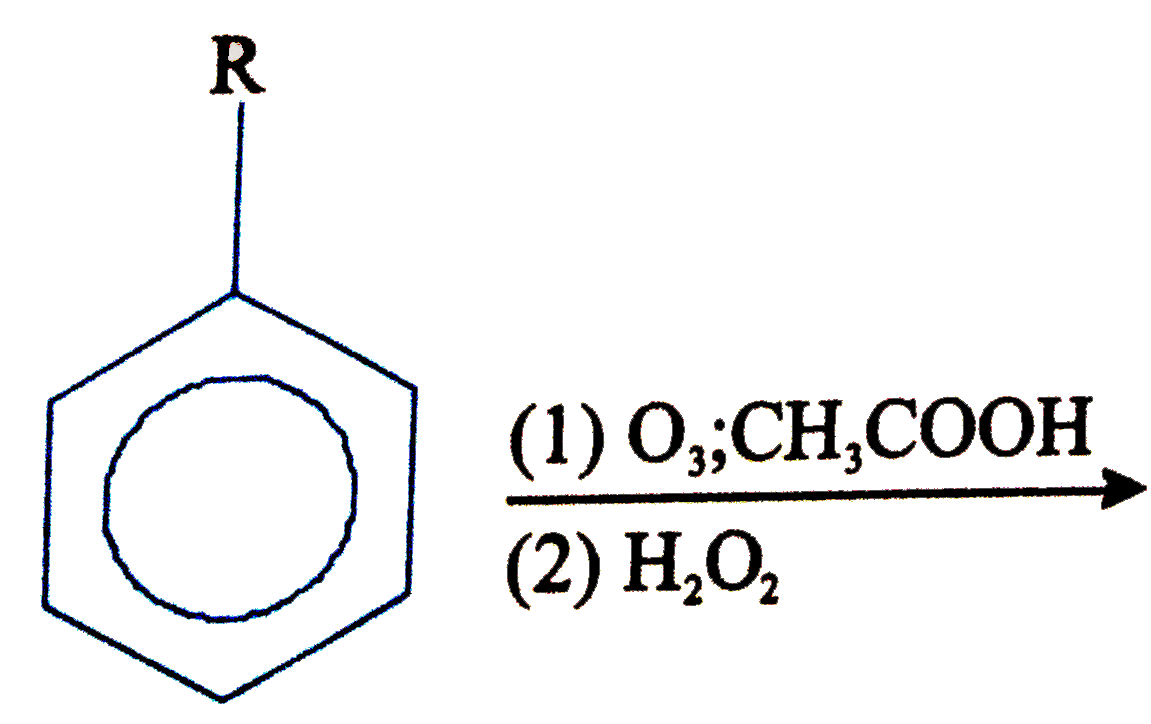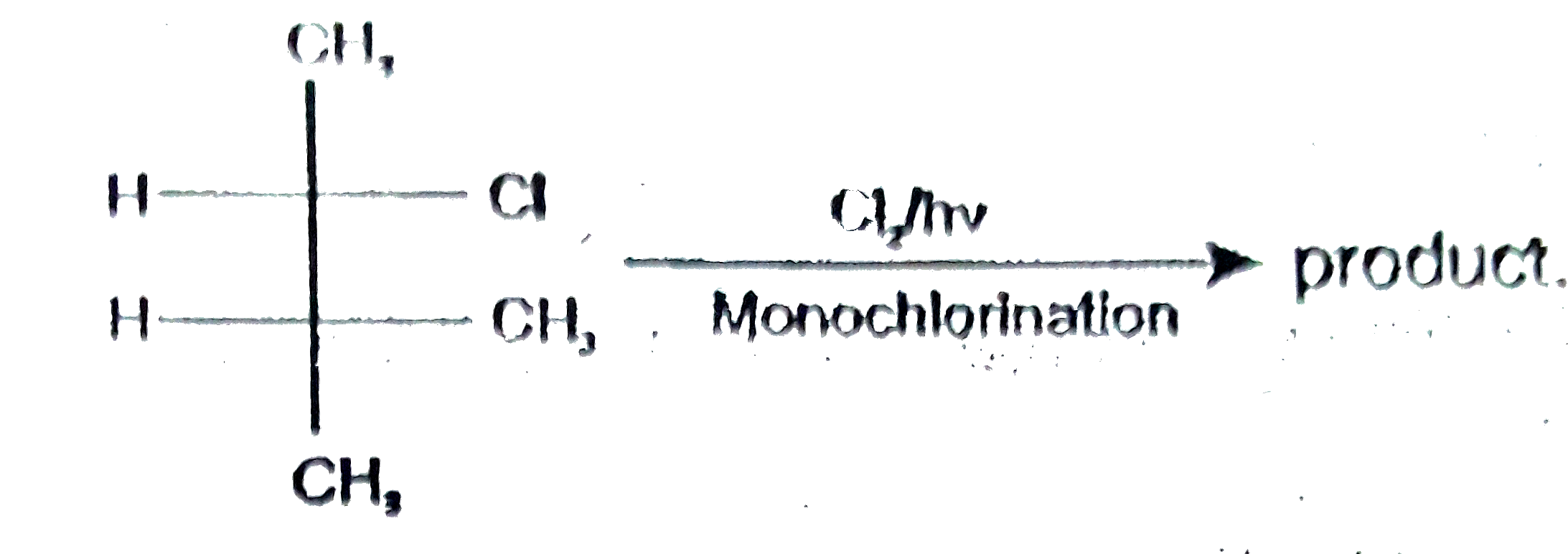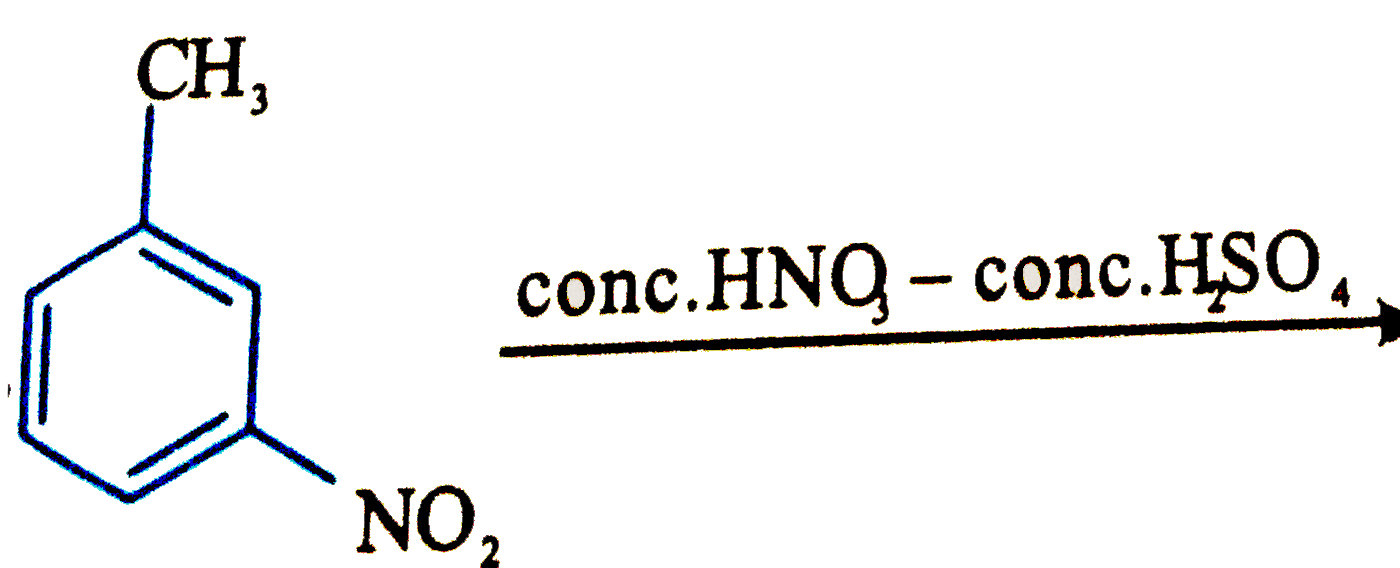The total number of halogenated products likely to be formed by ethance is:
4
6
9
8
The correct Answer is:C
To determine the total number of halogenated products likely to be formed by ethane (C2H6) during halogenation, we can follow these steps:
Step 1: Understand the Halogenation Process
Halogenation involves the substitution of hydrogen atoms in ethane with halogen atoms (like Cl or Br). Since ethane has two carbon atoms, we will consider the possible substitutions on each carbon atom.
Step 2: Identify Possible Substitution Sites
Ethane (C2H6) has the following structure:
HH C/HCHH
Each carbon atom can have hydrogen atoms replaced by halogens.
Step 3: Count the Monosubstituted Products
1. Monosubstitution:
- Substituting one hydrogen atom with a halogen on either carbon:
- For the first carbon: CH3-CH2-Cl (1-chloroethane)
- For the second carbon: CH2Cl-CH3 (1-chloroethane, same as above)
- Total from monosubstitution: 1 unique product.
Step 4: Count the Disubstituted Products
2. Disubstitution:
- Substituting two hydrogen atoms with halogens:
- Two halogens on the same carbon:
- CH2Cl-CH2Cl (1,2-dichloroethane)
- CHCl2-CH3 (1,1-dichloroethane)
- CH3-CHCl2 (1,1-dichloroethane, same as above)
- One halogen on each carbon:
- CHCl-CH2Cl (1,1-dichloroethane)
- Total from disubstitution: 3 unique products.
Step 5: Count the Trisubstituted Products
3. Trisubstitution:
- Substituting three hydrogen atoms with halogens:
- CHCl2-CHCl2 (1,1,2-trichloroethane)
- CH3-CHCl3 (1,1,1-trichloroethane)
- Total from trisubstitution: 2 unique products.
Step 6: Count the Tetrasubstituted Products
4. Tetrasubstitution:
- Substituting all hydrogen atoms with halogens:
- CCl3-CCl3 (1,1,1,1-tetrachloroethane)
- Total from tetrasubstitution: 1 unique product.
Step 7: Total the Unique Products
Now we can sum the unique products from each substitution type:
- Monosubstituted: 1
- Disubstituted: 3
- Trisubstituted: 2
- Tetrasubstituted: 1
Total = 1 + 3 + 2 + 1 = 7 unique halogenated products.
Final Answer
The total number of halogenated products likely to be formed by ethane is 7.
---
Halogenation involves the substitution of hydrogen atoms in ethane with halogen atoms (like Cl or Br). Since ethane has two carbon atoms, we will consider the possible substitutions on each carbon atom.
Ethane (C2H6) has the following structure:
HH C/HCHH
Each carbon atom can have hydrogen atoms replaced by halogens.
1. Monosubstitution:
- Substituting one hydrogen atom with a halogen on either carbon:
- For the first carbon: CH3-CH2-Cl (1-chloroethane)
- For the second carbon: CH2Cl-CH3 (1-chloroethane, same as above)
- Total from monosubstitution: 1 unique product.
2. Disubstitution:
- Substituting two hydrogen atoms with halogens:
- Two halogens on the same carbon:
- CH2Cl-CH2Cl (1,2-dichloroethane)
- CHCl2-CH3 (1,1-dichloroethane)
- CH3-CHCl2 (1,1-dichloroethane, same as above)
- One halogen on each carbon:
- CHCl-CH2Cl (1,1-dichloroethane)
- Total from disubstitution: 3 unique products.
3. Trisubstitution:
- Substituting three hydrogen atoms with halogens:
- CHCl2-CHCl2 (1,1,2-trichloroethane)
- CH3-CHCl3 (1,1,1-trichloroethane)
- Total from trisubstitution: 2 unique products.
4. Tetrasubstitution:
- Substituting all hydrogen atoms with halogens:
- CCl3-CCl3 (1,1,1,1-tetrachloroethane)
- Total from tetrasubstitution: 1 unique product.
Now we can sum the unique products from each substitution type:
- Monosubstituted: 1
- Disubstituted: 3
- Trisubstituted: 2
- Tetrasubstituted: 1
The total number of halogenated products likely to be formed by ethane is 7.
Topper's Solved these Questions
- ISOMERISMBOOK - CENGAGE CHEMISTRYCHAPTER - ISOMERISMEXERCISE - Single correct answer type (Exercise)
65 Videos
- ISOMERISMBOOK - CENGAGE CHEMISTRYCHAPTER - ISOMERISMEXERCISE - Assertion-Reasoning Type (Exercise)
5 Videos
- ISOMERISMBOOK - CENGAGE CHEMISTRYCHAPTER - ISOMERISMEXERCISE - Multiple choice questions (Exercise)
38 Videos
- IONIC EQUILIBRIUMBOOK - CENGAGE CHEMISTRYCHAPTER - IONIC EQUILIBRIUMEXERCISE - Archives Subjective
28 Videos
- NCERT BASED EXERCISEBOOK - CENGAGE CHEMISTRYCHAPTER - NCERT BASED EXERCISEEXERCISE - Chemical Equilibrium
72 Videos
Similar Questions
Knowledge Check
The total number of monohalogenated products formed by halogenation of 2,2,4-trimethylhexane is
A5B7C6D8The total number of monohalogenated products formed by halogenation of 2,4-4 trimethylhexane is :
A8B7C6D5
Total number of stereoisomers of product (B) will be :A2B3C4D5

The total number of products obtained in above reaction is .
View SolutionThe number of H-atoms in the product formed is
View SolutionThe number of halogens that form XO−3 ion?
View Solution Products. The total number of π bonds in the products is
Products. The total number of π bonds in the products is
View Solution
How many total number of optically active products are formed.The given compound is (S)-2-Chloro-2-methylbutane.
View Solution


